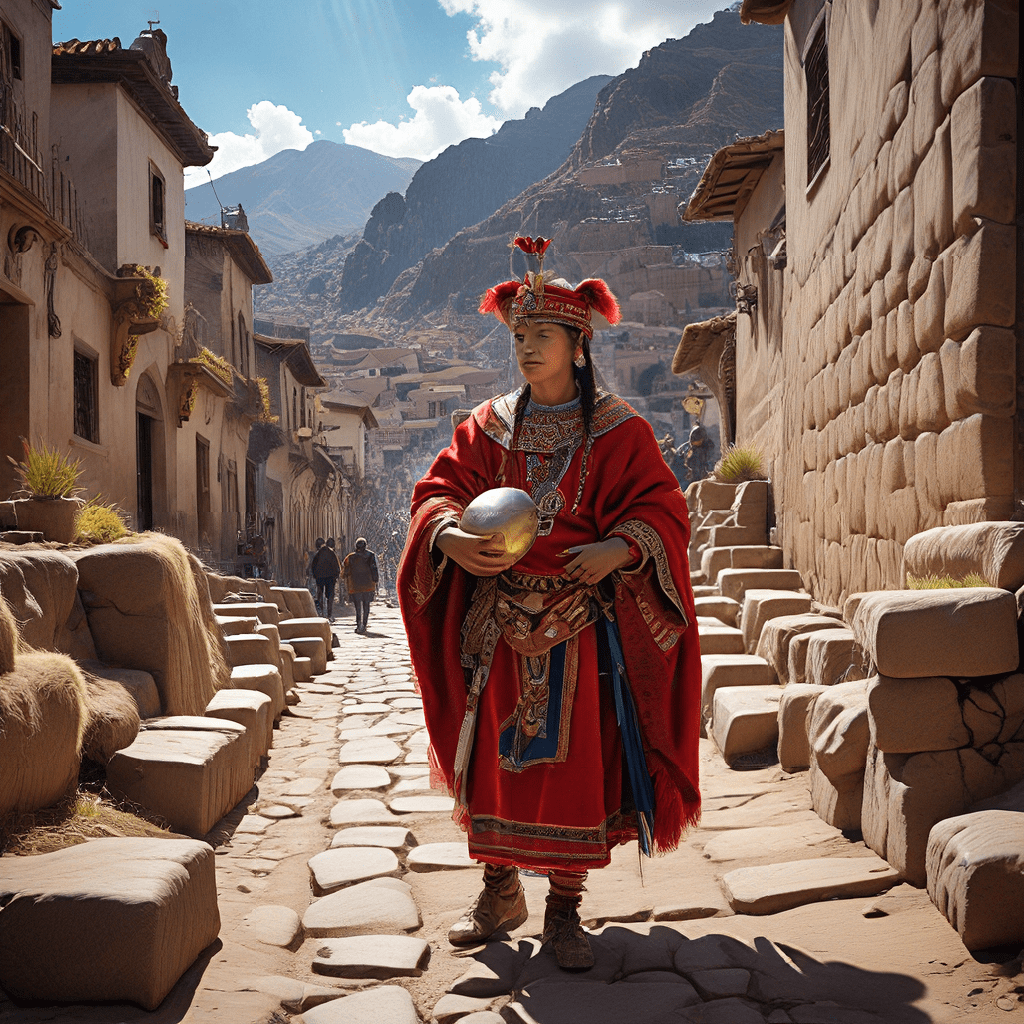The Concept of Renewal in Slavic Mythology
Slavic mythology, with its rich tapestry of beliefs and rituals, places great importance on the concept of renewal. Cyclical patterns, such as the changing seasons and the journey of the sun, profoundly influenced Slavic culture, shaping their understanding of life and the cosmos. Renewal, therefore, played a central role in Slavic mythology, symbolizing hope, rebirth, and the continuity of life.
I. Introduction
Slavic mythology is a complex and multifaceted system of beliefs that emerged from the diverse cultures of Eastern and Central Europe. It encompasses a vast pantheon of gods, spirits, and mythical creatures, each embodying different aspects of nature and the human experience. Among the core concepts that permeate Slavic mythology is the idea of renewal, which manifests itself in various forms and rituals throughout the Slavic calendar.
II. The Spring Equinox and the Beginning of the New Year
The arrival of spring, marked by the vernal equinox, held immense significance in Slavic mythology. It heralded the end of the long winter and the rebirth of nature. The Slavs celebrated this transition with the festival of Maslenitsa, a week-long period of feasting, dancing, and ritual burnings. Maslenitsa symbolized the shedding of the old and the welcoming of the new, preparing the way for the coming of spring and the start of a new agricultural cycle.
III. The Kupala Festival and the Summer Solstice
The summer solstice, the longest day of the year, was another pivotal moment in the Slavic calendar. It marked the peak of the sun's power and the height of summer. The Slavs celebrated the summer solstice with the Kupala festival, a vibrant celebration of fertility, love, and purification. Rituals associated with Kupala involved jumping over bonfires, gathering herbs with healing properties, and engaging in traditional dances and songs. These practices were believed to bring good fortune, ward off evil spirits, and promote the well-being of the community.
IV. The Fall Harvest and the Autumn Equinox
The fall harvest was a time of great importance in Slavic mythology, as it represented the culmination of the agricultural year. The Slavs celebrated the harvest with festivals and rituals that expressed gratitude for the bounty of the earth and ensured the continuation of future harvests. They believed that the spirits of the crops remained in the fields after the harvest, so they left offerings and performed rituals to honor these spirits and ensure their goodwill in the coming year.
V. The Winter Solstice and the Rebirth of the Sun
The winter solstice, the shortest day of the year, was seen as a time when the sun was reborn. The Slavs celebrated the winter solstice with the festival of Koliada, which symbolized the return of light and the renewal of life. Rituals associated with Koliada involved lighting bonfires, singing songs, and exchanging gifts. These practices were believed to strengthen the sun's power and promote the well-being of the community during the long winter months.
VI. Maslenitsa and the End of Winter
Maslenitsa, a week-long celebration leading up to the spring equinox, marked the end of winter and the beginning of a new agricultural cycle in Slavic mythology. It was a time for feasting, dancing, and ritual burnings, symbolizing the shedding of the old and the welcoming of the new. The burning of a straw effigy, representing winter, was a central ritual of Maslenitsa, signifying the end of the cold season and the rebirth of nature.
VII. The Importance of Renewal in Slavic Beliefs
Renewal was a fundamental concept in Slavic mythology, reflecting the cyclical nature of life and the world. It was believed that everything, from the seasons to human life, underwent a constant process of renewal and rebirth. This belief influenced Slavic rituals, festivals, and daily practices, as people sought to align themselves with the rhythms of nature and ensure the continuity of life.
VIII. The Role of Nature in Slavic Renewal Rituals
Nature played a central role in Slavic renewal rituals and beliefs. The changing seasons, the sun's journey, and the growth and decay of plants were all seen as manifestations of the cyclical nature of life. Slavic rituals often involved interacting with nature, such as gathering herbs with healing properties, burning bonfires to symbolize the sun's rebirth, or leaving offerings in fields to honor the spirits of the crops.
IX. The Connection Between Renewal and the Ancestral World
In Slavic mythology, renewal was closely connected to the ancestral world. The dead were believed to play an active role in the lives of the living, and rituals were performed to honor and appease them. Ancestors were seen as guardians of tradition and protectors of the community, and their wisdom and guidance were sought in times of need. Renewal rituals often included offerings to the ancestors, seeking their blessings and ensuring the continuity of the family line.
X. Conclusion
The concept of renewal permeated every aspect of Slavic mythology, shaping their understanding of life, the world, and their place within it. Through rituals, festivals, and daily practices, the Slavs sought to align themselves with the cyclical nature of existence, ensuring the continuity of life, the well-being of their communities, and the connection between the living and the dead.
Frequently Asked Questions (FAQs)
Q: What was the significance of the spring equinox in Slavic mythology?
A: The spring equinox marked the beginning of the new year and the rebirth of nature, celebrated with the festival of Maslenitsa.
Q: How did the Slavs celebrate the summer solstice?
A: The Slavs celebrated the summer solstice with the Kupala festival, involving bonfires, herb gathering, and rituals for fertility and purification.
Q: What was the purpose of the fall harvest rituals in Slavic mythology?
A: Fall harvest rituals expressed gratitude for the bounty of the earth and ensured the continuation of future harvests by honoring the spirits of the crops.
Q: How did the Slavs mark the winter solstice?
A: The winter solstice was celebrated with the Koliada festival, symbolizing the rebirth of the sun and the return of light.



